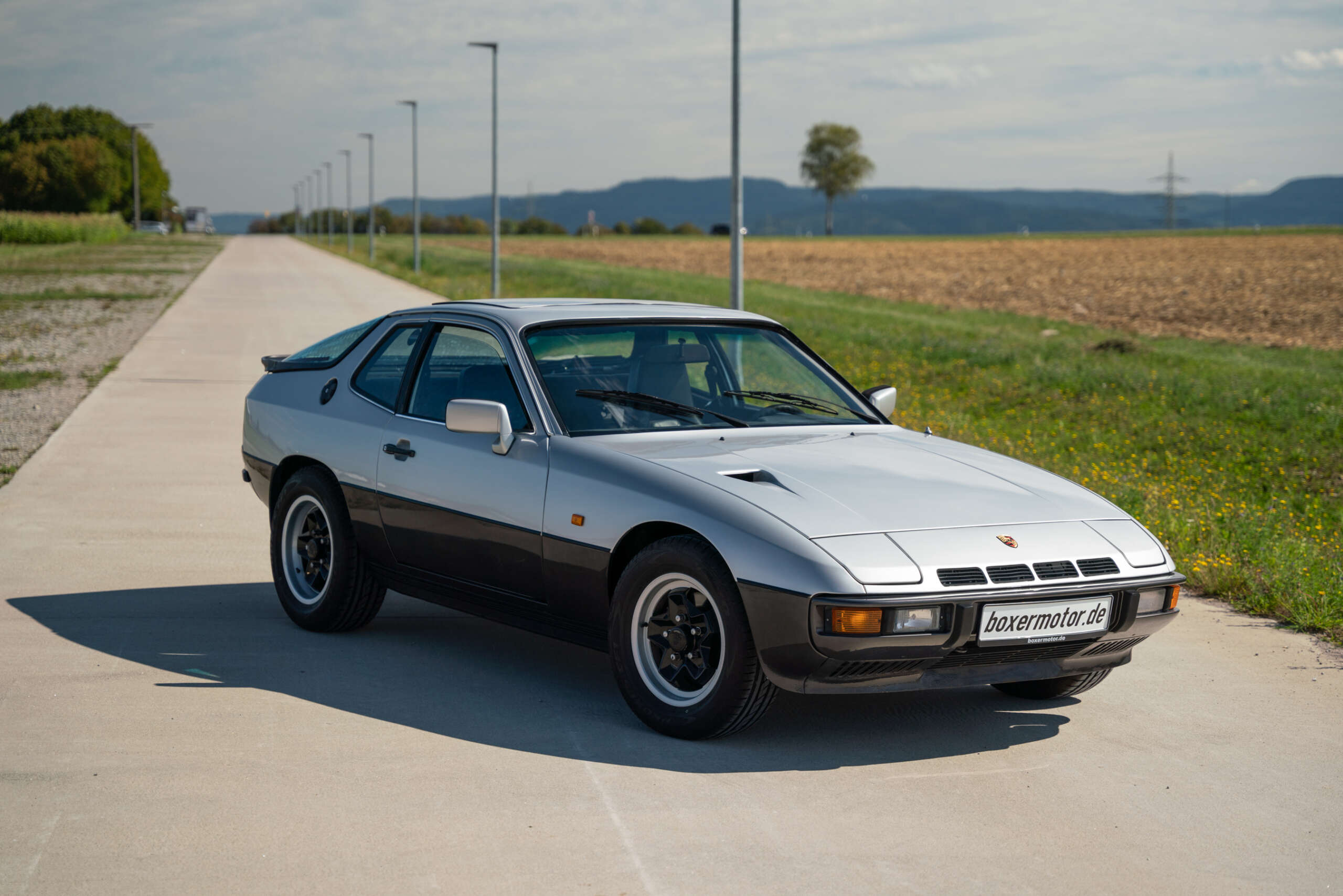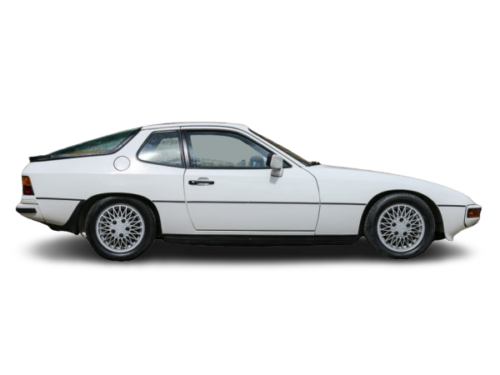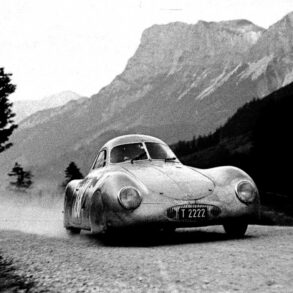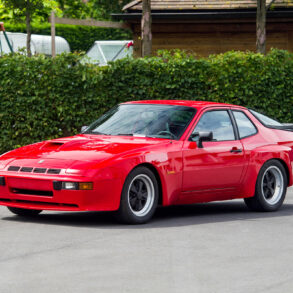(1979 – 1984) Porsche 924 Turbo – Ultimate Guide
Porsche upgraded the performance of its 924 with the introduction of a turbocharged model in 1979. While the lower end of the engine remained unchanged, many improvements were made to the upper end of the engine as well as the drivetrain. On the outside, the car gained alloy wheels, a distinctive NACA duct in its hood, and a rear spoiler. Horsepower increased from 125 bhp to 170 bhp in the turbo. This car’s internal project number at Porsche was “931”, and for that reason many owners refer to their car that as a 931.
When the 924 Turbo models came out, Car and Driver magazine proclaimed the car “Fast…at Last!” The later 924S had performance on par with the Turbo, but with much improved reliability, and at less cost. The ’81 and ’82 Turbos and the associated special variants definitely get a lot of interest in collector circles.
The Story
Porsche executives soon recognized the need for a higher-performance version of the 924 that could bridge the gap between the basic 924s and the 911s. Having already found the benefits of turbochargers on several race cars and the 1975 911 Turbo, Porsche chose to use this technology for the 924, eventually introducing the 924 Turbo as a 1978 model.
Porsche started with the same Audi-sourced VW EA831 2.0 L I4, designed an all new cylinder head (which was hand assembled at Stuttgart), dropped the compression to 7.5:1 and engineered a KKK K-26 turbocharger for it. With 10 psi (69 kPa) of boost, output increased to 168 hp (125 kW) at 5,500 rpm and 181 lb⋅ft (245 N⋅m) of torque at 3,500 rpm. The 924 Turbo’s engine assembly weighed about 65 lb (29 kg) more, so front spring rates and anti-roll bars were revised. Weight distribution was now 49/51 compared to the original 924 figure of 48/52 front to rear.
In order to help make the car more functional, as well as to distinguish it from the naturally aspirated version, Porsche added an NACA duct in the hood and air intakes in the badge panel in the nose, 15-inch spoke-style alloy wheels, four-wheel disc brakes with five-stud hubs and a five-speed transmission. Forged 16-inch flat wheels of the style used on the 928 were optional, but fitment specification was that of the 911 which the 924 shared wheel offsets with. Internally, Porsche called it the “931” (left hand drive) and “932” (right hand drive), much like the 911 Carrera Turbo, which had been “Type 930”. These designations are commonly used by 924 aficionados.
The turbocharged VW EA831 engine allowed the 924’s performance to come surprisingly close to that of the 911 SC (180 bhp (134 kW)), thanks in part to a lighter curb weight, but it also brought reliability problems. This was in part due to the fact that the general public did not know how to operate, or care for, what is by today’s standards a primitive turbo setup.
A turbocharger cooled only by engine oil led to short component life and turbo-related seal and seat problems. To fix the problems, Porsche released a revised 924 Turbo Series 2 (although badging still read “924 turbo”) in 1979. By using a smaller turbocharger running at increased boost, slightly higher compression of 8:1 and an improved fuel injection system with DITC ignition triggered by the flywheel, reliability improved and power rose to 174 hp (130 kW; 176 PS).
In North America, the 924 Turbo arrived in late 1979 for the 1980 model year. It was saddled with extra weight, due to the federally mandated large bumpers and other safety equipment, and less power due to stringent emissions controls. Power was 143 hp (107 kW), nearly twenty percent down on the European model. For the 1981 model year, power increased slightly to 154 hp (115 kW) and the transmission was switched to one with a regular H-pattern layout.













